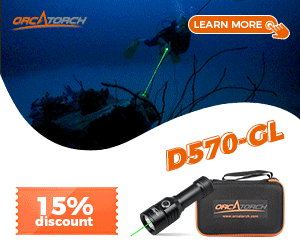ProfF
Contributor
- Messages
- 89
- Reaction score
- 13
- # of dives
- 500 - 999
Hi All,
This week I finally got a chance to test the new system (7 dives in the Red Sea). I ended up with the Nauticam housing + two ports (flat port for 14-42 and semi-dome for the 9-18 and also the 14-42). I want to thank the good people at Reef Photo for the very positive experience and their support.
Here are all the components from the first assembly of the new "monster"
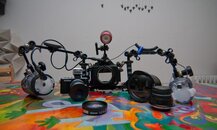
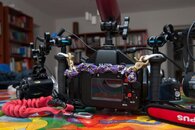
Summary of impressions.
And now, some images as well.
-Nir
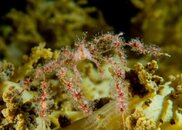
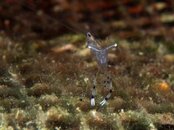
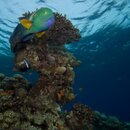
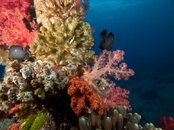
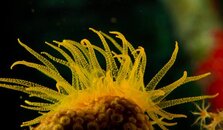
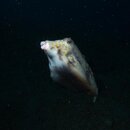
This week I finally got a chance to test the new system (7 dives in the Red Sea). I ended up with the Nauticam housing + two ports (flat port for 14-42 and semi-dome for the 9-18 and also the 14-42). I want to thank the good people at Reef Photo for the very positive experience and their support.
Here are all the components from the first assembly of the new "monster"


Summary of impressions.
- The housing is very nice to handle. The Nauticam tray + arms are very comfortable (nicer than my previous set) and I can easily control the camera with one hand.
- Most of the dives I was on manual mode, speed to 160 (max flash sync) , ISO 200. I set the configuration so that the dial controls the aperture. This way I and controlled exposure most of the time by changing the aperture.
- Most of the time the TTL strobe control (I have two Sea&Sea strobes) worked like a charm. In few cases where I had wide open aperture I had over-exposure. In one dive I used high aperture (f = 22) in macro shots. Some of the images were underexposed, and I guess the strobe maxed out on these.
- I configured the "record" button to control the focus. This was useful in some cases as it reduced the shutter lag to minimum. The button is easy to find as it is concave and just next to the thumb rest on the housing. The downside of this setting was that it took a while before I remembered to focus (some of the images the focus is off). I am not sure if this is the best approach, and probably should also try using the more standard focus mode.
- In general, focusing was very quick. In the last dive my focus light died on me, and then I had harder time finding focus (not surprising).
- In some of the dives I used Inon UCL 165M67 wet-lens mounted on the flat port. This is my first experience with a close-up lens, so I don't have a good reference, but I was very happy with it. It took a while to get used to thread the lens on (or off) underwater.
- I didn't get as much attempts at wide angle as wanted. The first impression was that the 9-18mm lens delivers very sharp images. I felt that the images were not as wide as I was hoping to get, but I didn't do careful analysis.
- As I wrote in a previous thread, I had strobe sync problems. They went away after I fixed a problem with one of the two optic cables. I am not sure how this problem explains the phenomena (strobe firing but not in sync with the exposure).
- In addition, I also had a strange incidence toward the end of a night dive. The camera got "stuck" in a weird mode --- the live view was on, but none of the controls, including on/off, did not work. I initially thought that the camera shifted inside the housing. But after I got out and extracted the camera, I didn't mange to turn it off with the buttons. I had to remove the battery to get out of this mode.
- The setup (housing+port+YS-110a+YS-01+ultralight arms) is very negative. I improvised cork floats on the arms, but these did not completely compensate. This was a bit of an issue as it was hard to hold the camera with one hand and keep it steady.
- I am using LR3 to "develop" the images take in RAW mode (my default). In many of the images there is non-trivial pixel noise. I am not sure if this due to the LR raw module (latest ACR) or to an inherent problem with the sensor.
And now, some images as well.
-Nir








